In recent years, this knobby root has made its way from being a specialty item in Oriental groceries to becoming a fixture in supermarkets and produce stands. Its fresh, biting, and slightly sweet flavor and aroma are essential to many Asian cuisines, and it is one of the most characteristic flavorings in Indian cookery. In its powdered-spice form it is useful for baking, but aficionados agree that dried ginger should not be used when fresh is called for.
When buying fresh ginger root, it should feel rock hard, and the tan skin should look smooth and taut. Any root that feels light or has wrinkled-looking skin should be avoided. It’s best to buy a small amount at a time, say, a root section that fits on your hand. Store the root in a plastic bag in the crisper of your refrigerator. If you don’t anticipate using it up within a week or two at the most, wrap the root in a paper towel to absorb moisture before placing in a plastic bag.
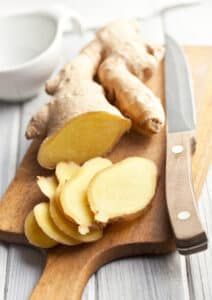 One unpredictable factor in buying fresh ginger is whether it will be fibrous. A root that was harvested when more mature will have more stringy fibers, making it more difficult to use, especially when fine grating is called for. If you’ve got a stringy specimen, opt for mincing it with a sharp knife rather than grating it, to minimize the problem.
One unpredictable factor in buying fresh ginger is whether it will be fibrous. A root that was harvested when more mature will have more stringy fibers, making it more difficult to use, especially when fine grating is called for. If you’ve got a stringy specimen, opt for mincing it with a sharp knife rather than grating it, to minimize the problem.
Another alternative for ginger that is stringy or nearing the end of its freshness is to cut it into thin slices and use them in recipes where simmering is called for, as in soups, sauces, and curried vegetables; remove and discard the slices before serving. When ginger is not fibrous, adding it to a recipe grated is desirable, since its flavor will permeate readily. Use a very fine grater. Some gourmet cookware shops may carry a special Japanese grater made especially for this purpose. Ginger is usually peeled before using, mostly as a matter of aesthetics.
A good alternative to using fresh ginger is finely grated ginger that comes in a jar. It's uniformly even and very easy to measure and use. Freshly grated and jarred ginger are interchangeable in recipes; don't use dried (powdered) ginger in recipes calling for fresh. Dried ginger is best used for spicing up baked goods.
Ginger has been esteemed since ancient times not only for its remarkable flavor but also for its medicinal qualities. It has long been used, in both Oriental and European cultures, for its ability to settle to stomach and relieve nausea caused by motion sickness and pregnancy. This belief was born out of scientific studies in the early 1980s, which proved ginger more effective than Dramamine. Ginger has also been used in many cultures as an aid to digestion and as an appetite restorative, since it seems to stimulate the production of saliva.
As previously mentioned, ginger is used extensively in many Asian cuisines, particularly Chinese, Japanese, and Indian. It is also favored in West African cookery, where one specialty is a bracing beverage called ginger beer. The warm, spicy flavor of ginger also enhances sauces and dressings in a very special way. Ginger is used in many recipes on this site; use the search tool to find them.
- For lots more features on healthy lifestyle, explore VegKitchen’s Healthy Vegan Kitchen page.
- Here are more of VegKitchen’s Natural Food Guides.


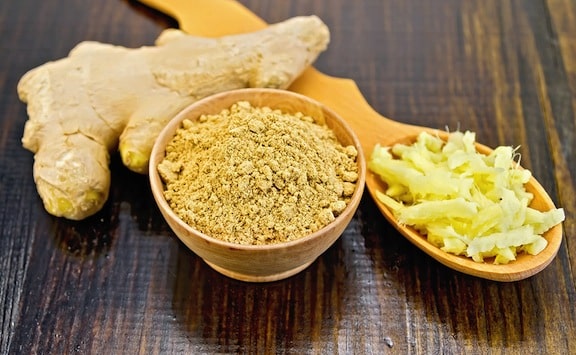
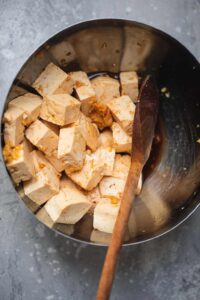

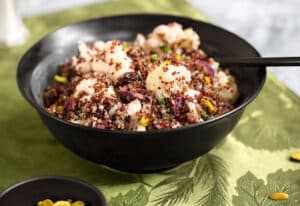
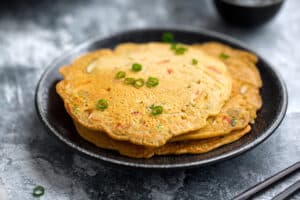
hollywoodlife.com says
Glad to find I'm not alone in utterly in love with chilli sauce!